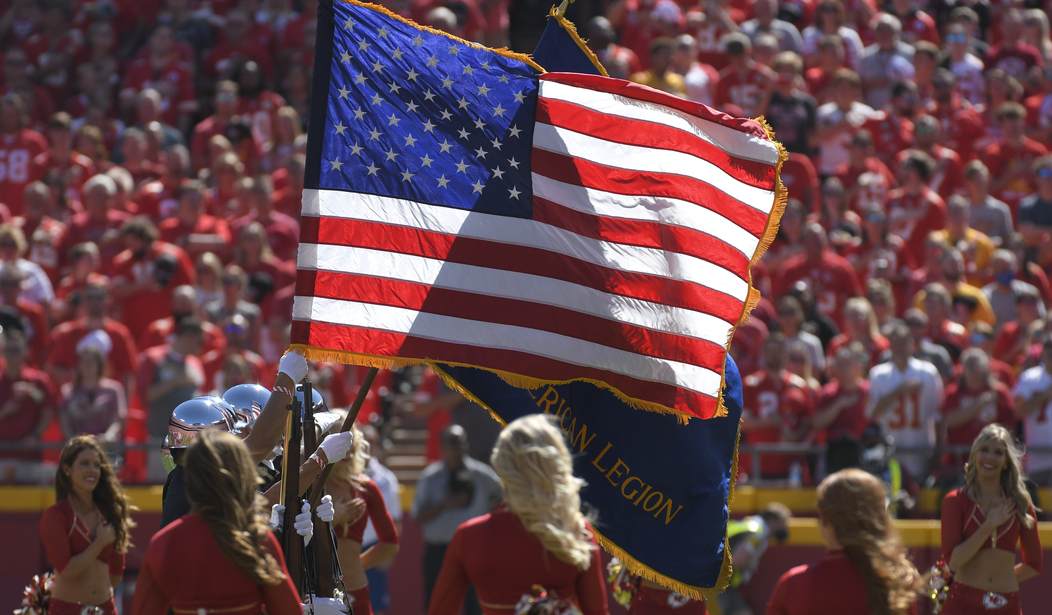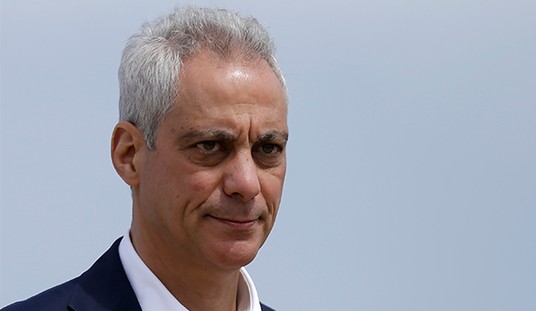The 20th anniversary of the horrific terrorist attacks of September 11th, 2001 allowed the nation to look back on what was one of America’s key defining moments. The anniversary also presented a time to reflect deeply on how the attacks changed our lives. Of course, a lot has transpired over the intervening years since 9-11; America has dealt with everything from a major financial and economic crisis, to record destroying storms, to a pandemic and increasingly angry partisan divisions.
But for many Americans – especially those who’ve served in uniform, as well as their families – the past two decades since 2001 have largely been defined by war. Of course, over the past twenty years thousands of Americans from thousands of towns and cities, large and small, representing each of the nation’s military services, paid the ultimate price. And tens of thousands more suffered visible wounds and hidden scars that may never heal.
In looking back at all of this, we need to go beyond lamentation and move forward beyond the usual lesson’s learned approach. While we need to continuously assess methods, tactics, techniques and hardware, we cannot ignore the vital role the “citizen solider” plays in defending of this great nation. Indeed, all too often the citizen soldier, the National Guard, is seldom recognized for its vital role in supporting active-duty forces, but also by serving as a professional force of arms no less lethal and just as capable as any fielded US service. Which brings us to 9-11. Since that awful day, we should never forget the National Guard stood shoulder to shoulder with our active-duty forces, slugging it out on the battlefield with the same level of courage, commitment and skill as any or our warriors,. This is particularly important as the US Army looks to build out its Total Force concept, as the Pentagon updates its National Defense Strategy in 2022.
Recommended
Putting it bluntly, our Army and Air Guardsmen and women shouldered an immense burden in support of American and NATO military operations across the Middle East – and their service was both necessary and critical. The truth of the matter is this: America simply could not have prosecuted both enduring combat operations in Iraq and Afghanistan – in addition to other global commitments – over the past two decades without our Army and Air Guard forces. Their continued performance in support of kinetic operations, and their contribution to ongoing stability and security missions in-theater, and elsewhere, testify to both the expertise of the Guard as well as their vital importance as a fierce combat force.
The numbers regarding the National Guard, their commitment to the nation’s defense overseas, and the price they paid in support of our national defense objectives tells an important story about the Guard as combat force-multiplier. The data and the history make the point. For example, Guard and Reserve units made up about 45 percent of the total forces sent to Afghanistan and Iraq. They also received about 18.4% of the casualties. In fact, with the conclusion of the War on Terror, there was at least one death from every single US state and territory. Between 2003 and 2011 – the total duration of active conventional operations in Iraq – the Army and Air National Guard had more than 300,000 deployments to Iraq. By 2005 in Afghanistan, the Guard was providing majority of troops deployed in theater – roughly 55 percent.
Moreover, the Chief of the National Guard, General Hokanson recently remarked on important role that our Guard forces played in executing national defense policy since 9-11, “The attacks on Sept. 11, 2001, reminded us of the true strength of our nation and our military…the investment in our manning, training, equipping since 9-11 has made us the most professional National Guard in history…That investment, and over 1 million overseas deployments since 9/11, also accelerated the Guard's integration with the Army and Air Force.”
With those numbers in mind, it is abundantly clear that the National Guard constitutes a fighting force that is combat capable, trained, ready and willing to support national mission-sets against hostile forces in active combat theaters abroad. This is a fact that is sometimes lost on the American public – and even perhaps some policy-makers in Washington DC – who should understand and recognize that our Guard units are a force not only for war, but also disaster relief and humanitarian assistance.
Of course, the National Guard performs these missions exceptionally well, with the utmost degree of dedication, professionalism, skill and patriotic purpose. But it is because they are a combat capable military service, with the requisite training, equipment and force posture that allows the Guard to approach and successfully accomplish domestic non-traditional military missions with military-like response and precision. The Guard is a combat-ready military service that can support other missions if and as needed – not the other way around.
Looking ahead, as the Department of Defense moves forth on completing its 2022 National Defense Strategy which will guide defense policy for the next four years, and as it seeks to set the force structure for the joint force, the Office of the Secretary of Defense and the service Chiefs need to keep in mind the combat capabilities of the National Guard. Our Guard forces are a cost-effective, efficient and highly professional force that provide major national security capability and significantly contribute to America’s divisional end-strength requirements.
Since that fateful day in September of 2001, National Guard units from across the States east to west and north and south – from Hawaii to New Jersey – saluted smartly, mobilized and did what the Nation asked of them.
Men and women who wore the uniform of the Air and Army Guard have suffered, toiled, and died serving their country. As we look back on the last twenty years of conflict, we need not forget how the National Guard vitally contributed to our national defense priorities. We need to also recognize their importance to combat readiness and capability in future years as well.
Kent Johnson, a former F-15E Strike Eagle and A-10 Warthog fighter pilot, is a former political-military adviser on the staff of the Secretary of the Air Force (International Affairs) and senior adviser to the Royal Air Force think tank. Currently, Kent is a fellow of the Royal Aeronautical Society and Past Assistant to the Court of the Honourable Company of Air Pilots.
























Join the conversation as a VIP Member